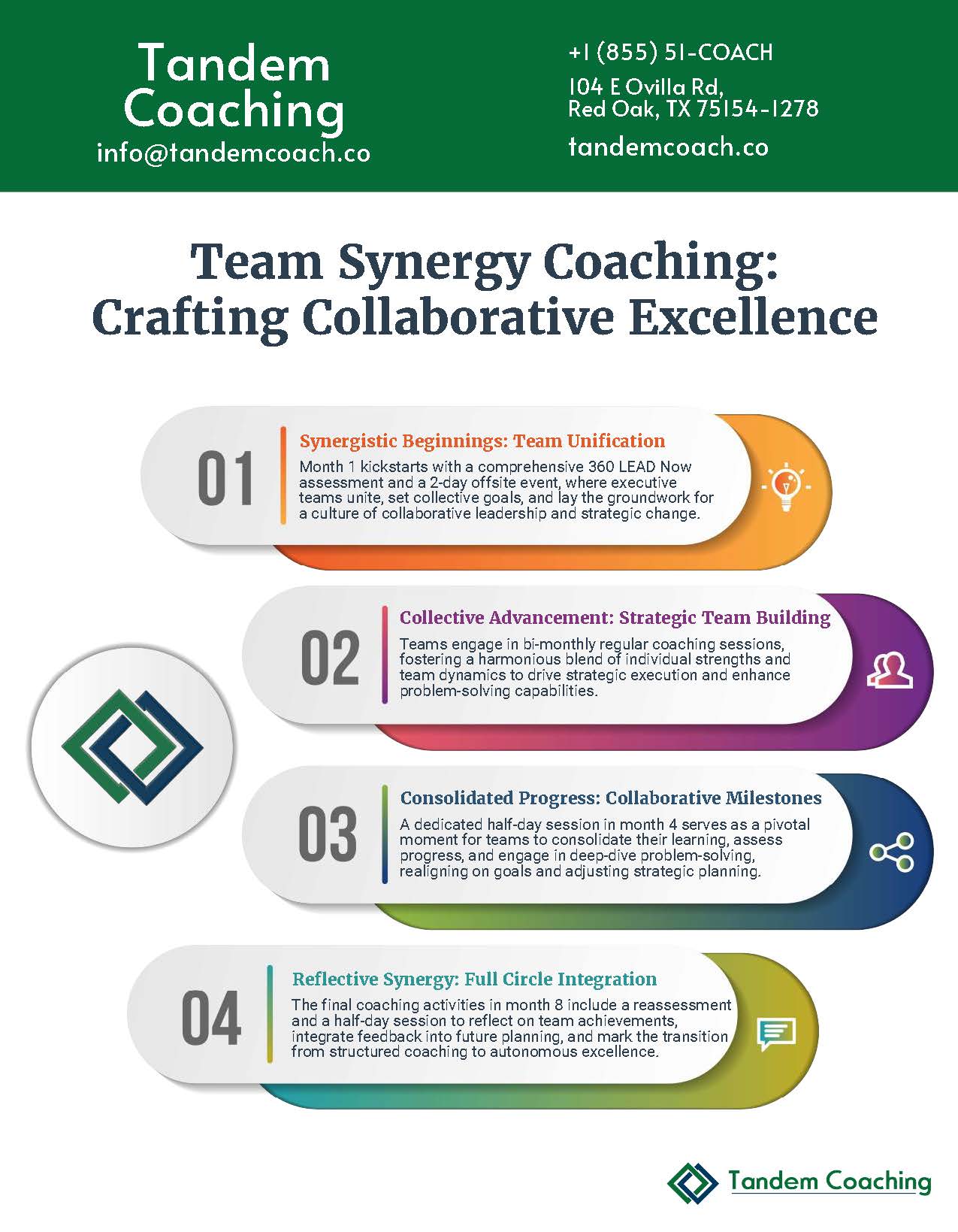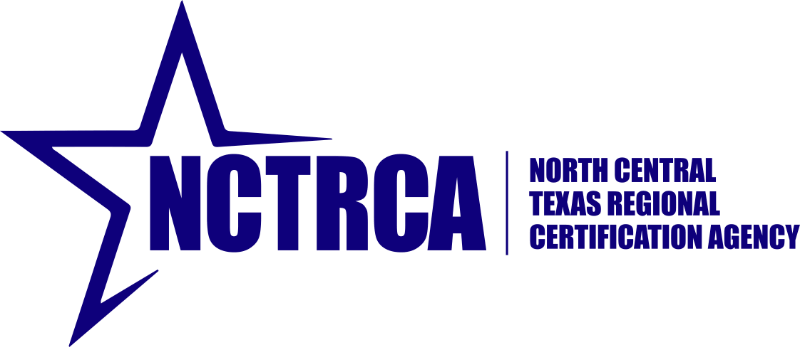The world is constantly changing, and organizations must learn to effect changes smoothly to keep up.
Did you know organizations that effectively manage change are 3.5 times more likely to outperform their industry peers? This indicates the significant opportunities associated with effective change management.
In this blog, we have discussed the role of change management in industries and its numerous benefits.
Let’s delve into it!
TL;DR – 8 Change Management Benefits
Here is a summary of the benefits of change management we have discussed in this piece:
- Enhanced productivity
- Improved decision-making skills
- Improved communication
- Reduced workplace stress
- Reduced costs
- Higher rate of adaptability
- Increased employee satisfaction, retention, and talent attraction
- Improved skilled workforce
We will discuss each benefit in detail below. Read on to understand how change management can benefit you and your organization at large.
If you need targeted executive coaching to guide you through the change management process, then our experts at Tandem Coaching would love to help you. Reach out to us now, and let’s schedule a free consultation.

What is Change Management?
Change management is a systematic approach used to support an organization during a change process. If you are looking to implement a change process smoothly, strategic change management can help you minimize disruptions and resistance.
Every successful change management process passes through four major phases:
- Planning the change
- Communicating the change
- Implementing the change
- Sustaining the change

Role of Change Management in Modern Organizations
Change management plays a crucial role in every modern organization. It provides a structured approach to seamlessly navigating transition phases to new processes and structures with minimal disruptions.
Beyond managing transitions, change management empowers employees, drives success, and fosters an organization-wide culture that embraces change.

Strategies for Successful Change Implementation
Here are some strategies for implementing change management successfully:
- Prioritize the Employees: Human resources are one of the most essential factors in an organization. By keeping your employees in the loop during a change process, they become fully engaged in it, thus increasing productivity and reducing resistance.
- Utilize Established Change Management Models: The change management frameworks provide structured guidance for navigating change. By implementing these models, you can manage transitions with ease.
- Encourage Transparency: Staying open and transparent throughout the change process will keep the teams united. Provide important details, make data accessible, and update both employees and stakeholders regularly.
- Provide Training and Support: Employees need certain skills and competencies to implement and sustain change. As a leader, you should offer training sessions, live seminars, and workshops to enhance employees’ competence.
- Monitor Progress and Celebrate Milestones: Continuously track the progress of your change management process. By recognizing and celebrating small wins, you encourage teams to perform better, paving the way for bigger wins.
Having the right support during change management makes all the difference. Tandem Coaching specializes in empowering organizations like yours to navigate transitions efficiently.
Our experienced coaches offer customized executive coaching solutions designed to improve your leadership. Book a free consultation with us today, and let’s discuss your next move.

8 Benefits of Change Management
The benefits of change management are becoming increasingly clear to organizations. Let us discuss some of these:
1. Enhanced Productivity
Change management provides a structured framework for you to work with. With this clear structure, you can prevent confusion and uncertainties.
With little to no disruptions and a focus on the main goal, the productivity level increases.
2. Improved Decision-Making Skills
As a leader, you will need to make critical decisions regularly.
Change management utilizes a structured framework, encouraging leaders to analyze situations comprehensively, which leads to more informed decision-making.
Also, change management often involves identifying potential risks. The change management risk assessment process develops strong problem-solving skills in leaders, helping them make proactive decisions.
3. Improved Communication
Effective change management fosters transparency in an organization. Both stakeholders and employees are kept in the loop throughout the change process, and everyone understands their roles effectively.
This open space reduces misunderstandings and leads to more cohesive work.
4. Reduced Workplace Stress
Undergoing a change process can be stressful, often weighing down everyone involved.
A proper management plan improves clarity and structure, which can alleviate stress. This stress reduction improves employees’ overall well-being and enhances their productivity.

5. Reduced Costs
A poorly managed change can have several negative consequences. Investing in change management increases your chances of a successful change and averts the costs associated with managing a failed project.
Effective change management in projects minimizes delays, disruptions, and resistance—reducing costs over time.
6. Higher Rate of Adaptability
Organizations that can survive a change process become more flexible and resilient.
Building these traits in your organization through the change management process will help individuals become better equipped to withstand future challenges easily and cultivate a culture of adaptability.
7. Increased Employee Satisfaction, Retention, and Talent Attraction
Involving employees in a change process encourages responsibility, leading to better input from them.
Eventually, when employees see that their collective efforts produce results, the satisfaction rate increases. Additionally, when employees see that your leadership successfully handled a change process, it increases their confidence and trust in you as a leader.
Also, employees are more motivated to remain where they are valued, thus increasing retention rates.
8. Improved Skilled Workforce
During a change process, employees will likely go through training and upskilling sessions.
All the skills acquired during this period sum up to make employees more skilled.

How to Address Resistance During Change Management
Resistance is expected to come up during change management processes. However, with the right approach, you can address it properly.
Here are some tips to help you address resistance effectively:
- Engage employees and stakeholders from the beginning
- Foster a culture of openness and transparency
- Anticipate the resistance and address it proactively
- Provide adequate training and support to empower employees.

The Future of Change Management
Change management has a future that is poised for significant evolution.
Here are some trends to expect from change management in 2024 and beyond:
- The use of artificial intelligence to streamline processes: Organizations will implement AI tools to manage tasks, thus enhancing efficiency.
- Employee-centric approaches: The future of change management belongs to organizations that focus on the well-being and engagement of employees during a change process.
- Incorporating agility in change management: Agile methods will no longer be experimental but foundational in organizations. This shift will prioritize iteration and collaboration, enabling faster responses. Read about agile change management for more insights.

Frequently Asked Questions (FAQs)
Here are the answers to some frequently asked questions about change management:
What Are the Main Goals of Change Management?
We have helped several leaders with their change management processes, and here are the common goals they have:
- Minimizing negative employee impacts
- Improving communication for the smooth conveyance of information. You can leverage our executive communication coaching to master this skill.
- Driving change adoption
- Building resilience in an organization
What Are the Different Types of Change Management?
To cater to the different needs of an organization, there are different types of organizational change management:
- Developmental change: Focuses on improving existing processes
- Transitional change: Moving from one state to another to solve specific problems
- Transformational change: Focuses on radical shifts in organizations
- Strategic change: Focuses on aligning changes with the long-term goals and objectives of the organization.
- Structural change: Optimizes internal operations by redefining roles and responsibilities
- Cultural change: Focuses on changing the belief system and values of the firm
What Are the 5 C’s of Change Management?
There are 5 C’s which serve as key principles for navigating change:
- Culture: Fostering a culture that welcomes change
- Communication: Open communication eliminates confusion
- Collaboration: A collective effort produces faster results
- Control: Monitoring the progress of the outcomes to ensure that the change is having the impact desired
- Commitment: All individuals should commit to the main goal
Conclusion
The journey to successful change in an organization is an enlightening one. In addition to managing transitions, it involves empowering people, aligning strategies, and creating resilient organizations.
Are you leading a change process? Let’s work together to equip you to make the right decisions at all times and seamlessly manage the transition process. Book a free consultation with us today!


















